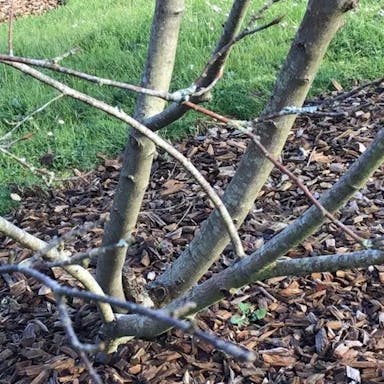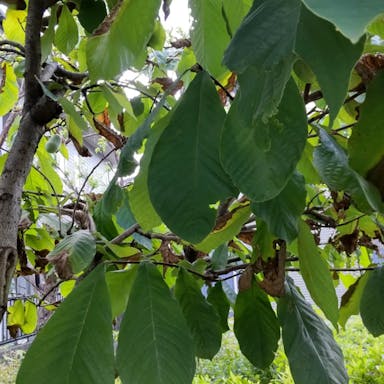For Hercules'-club, watering frequency should be moderate, typically once every 7-10 days during the growing season. Maintain soil humidity at a level where the top 1-2 inches of soil are dry before watering again. During the dormant season, reduce watering to once every 2-3 weeks to prevent overwatering. Adjust watering amount based on the plant's size and pot size, ensuring water penetrates the root zone without causing waterlogging. Avoid watering on a strict schedule; instead, monitor the plant's moisture needs by checking the soil moisture level regularly. In hot, dry conditions, increase watering frequency slightly to prevent dehydration.
0
0












